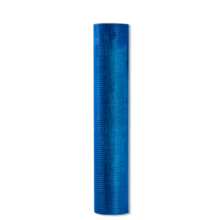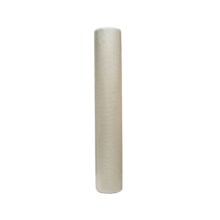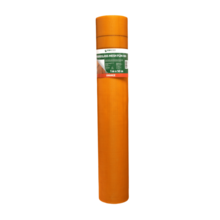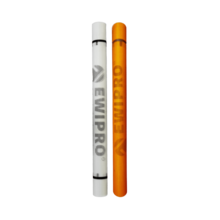Fibreglass Mesh
Log in to save items on your shopping lists and access them on all your devices. Guest lists are deleted after 90 days.
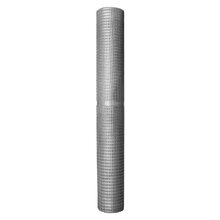
Fibreglass mesh is an essential rendering mesh used to reinforce plasters and renders, prevent cracking, and deliver a smooth, durable surface on internal and external walls. It is specifically designed for external wall insulation systems as well as render-only refurbishments.
Fibreglass mesh for external wall insulation systems
In EWI build-ups, high quality mesh is embedded in the base coat to reinforce walls, bridge minor shrinkage, and increase impact resistance. When combined with the correct adhesives and basecoats, it helps the system stay flexible and strong through seasonal movement and temperature changes.
What is fibreglass mesh?
Fibreglass mesh is a coated, alkali resistant glass fabric supplied in rolls of various sizes and lengths. The mesh is light yet strong, designed to be embedded into fresh base coats of cement or polymer-modified render. Once cured, the material works within the render layer to distribute stresses and reduce the risk of cracks over time.
Properties of high quality mesh
A good mesh provides high tensile strength, flexibility, and long-term age resistance. Look for alkali resistant coatings, consistent weave, and clear roll details (width, length, and weight) so you can match the product to the project. Colour may differ by brand, but performance should be supported by detailed information on the product page.
Applications of fibreglass mesh
Rendering mesh is used to reinforce plasters and renders on façades, gable ends, and high-traffic areas such as around door and window openings. It also supports local strengthening over stress points (for example, at junctions and returns) and can suit internal refurbishments where existing substrates need extra stability before finishing coats.
Using rendering mesh in external wall insulation systems
Typical EWI systems include adhesive, insulation, base coat with embedded mesh, primer, and a thin-coat silicone finish. The mesh is overlapped and embedded across the surface to create a continuous reinforced layer. For a broader view of compatible components, see our external wall insulation systems hub.
How to attach fibreglass mesh to a wall?
Apply a tight, even base coat to the wall and roll the mesh into the wet material from top to bottom. Use a trowel to embed the mesh so it sits mid-coat without sitting on the surface. Overlap adjacent sheets by at least 100 mm, cut cleanly around openings, and add diagonal patches at window corners to reduce the risk of cracking. Once the first layer has taken up, apply a second pass where specified to fully cover the mesh before priming and finishing.
How to use fibreglass mesh for waterproofing a roof?
On roofs, mesh is often used with liquid-applied or cementitious waterproofing coats to provide reinforcement over laps, joints, and changes of plane. Always confirm system compatibility with the chosen brand and follow the manufacturer’s method statement in writing: embed the mesh into the first coat, ensure full saturation, maintain the specified overlaps, and apply subsequent coats to the stated thickness. Preparation of the substrate is important for long-term performance, especially around penetrations.
Benefits of fibreglass mesh
When embedded correctly, mesh helps prevent cracking from thermal movement, improves impact resistance, and provides a stable base for thin-coat finishes. It is flexible, strong, and designed to work with modern renders, helping your finish look good into the future. Read more in our guide: Why use fibreglass mesh in render systems?
High tensile strength and durability
High tensile strength allows stresses to be shared across the render layer rather than concentrating at weak points. This reduces localised cracking and improves the durability of the finished surface.
Alkali resistant and long-lasting protection
Because base coats and cement plasters are alkaline, an alkali resistant coating is essential. Quality coated meshes are designed to remain stable in this environment, preserving the reinforcement for years.
Alternatives to fibreglass mesh
Alternatives include heavy-weight reinforcing fabrics, scrim tapes for joint treatment, or metal lath on difficult substrates. These options may suit specific applications but do not replace the continuous reinforcement provided by standard façade mesh in thin-coat systems.
EWI Store: shop high quality fibreglass mesh online
Browse our mesh range and related base coats online. Check stock status, delivery times, and shipping options on each product page; prices are shown ex VAT and inc VAT, with VAT added at checkout. Choose your size and qty, add to basket, and proceed to checkout to see delivery to your postcode. Orders are shipped promptly, and most items are delivered on standard delivery schedules (times can differ by location and are not guaranteed). You can read reviews, review order details in your account, or contact our customer team by phone if anything is delayed. Our returns information is set out clearly so you can order with confidence.

